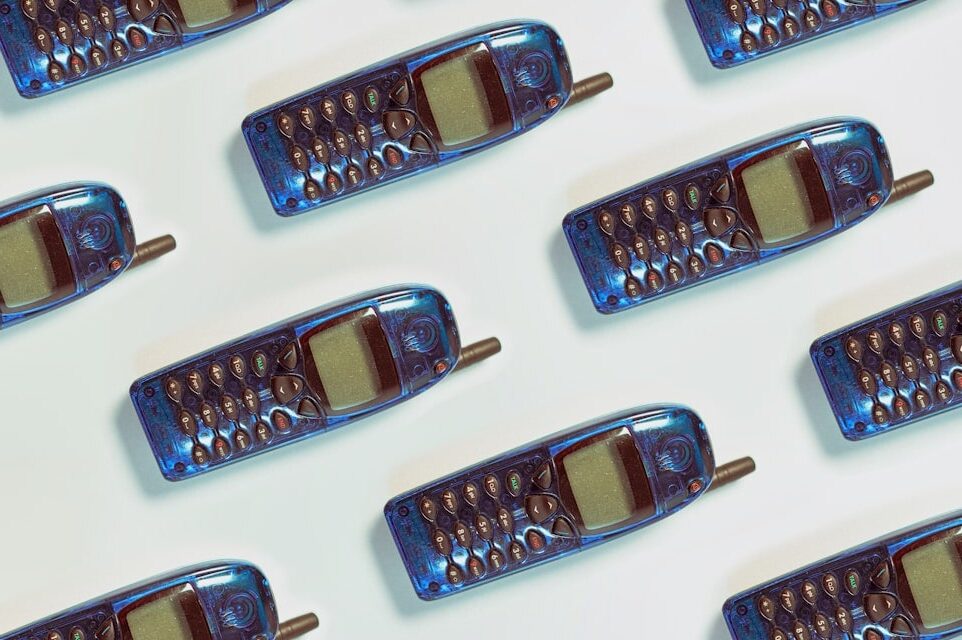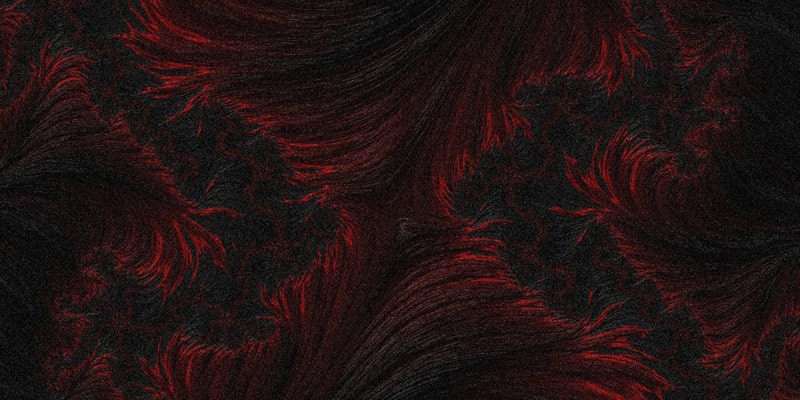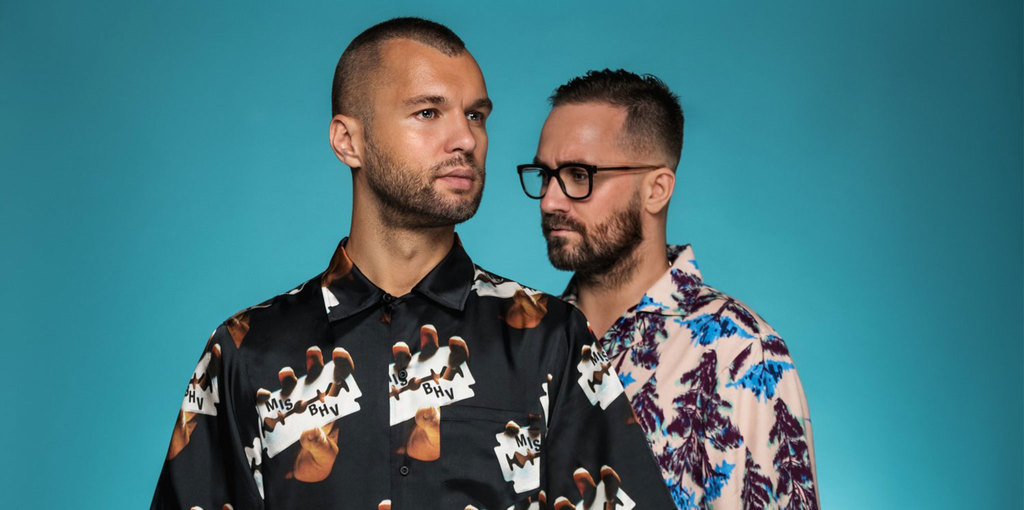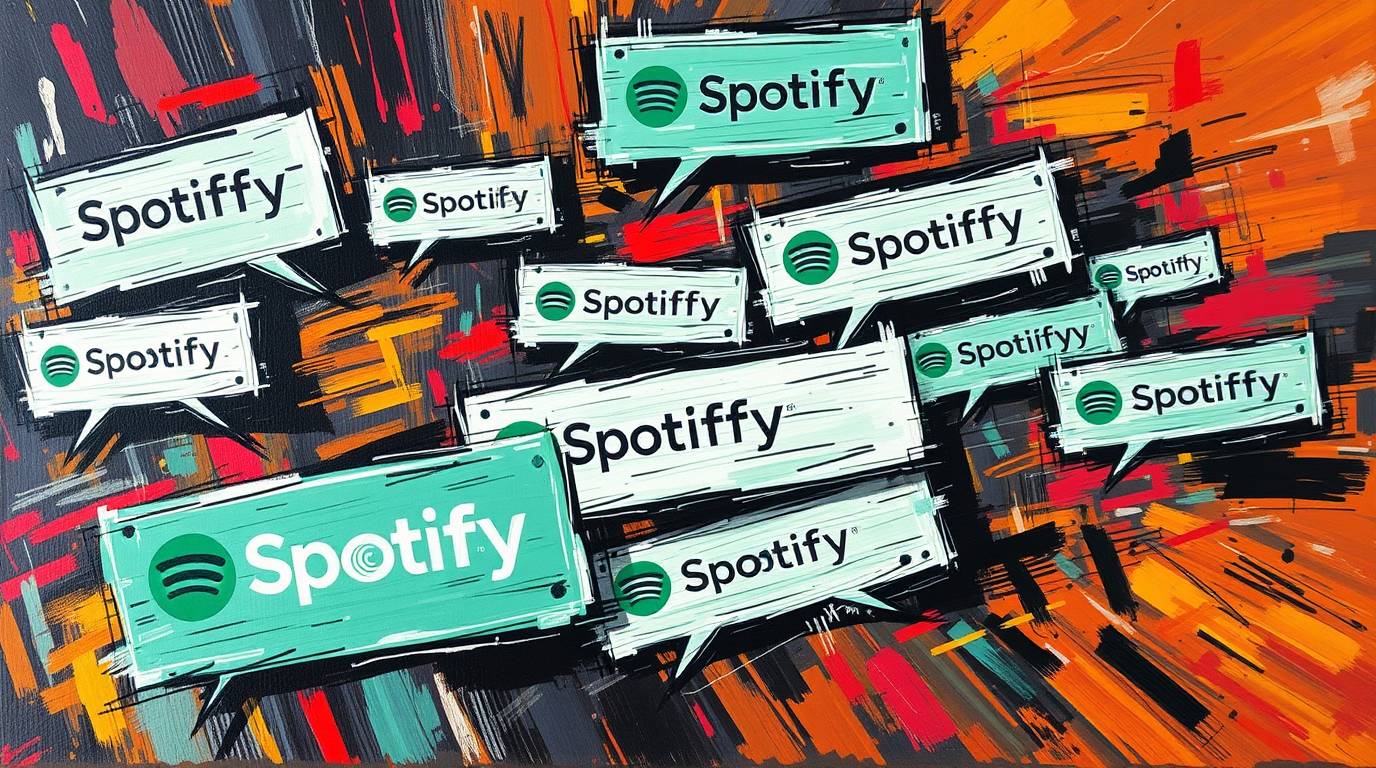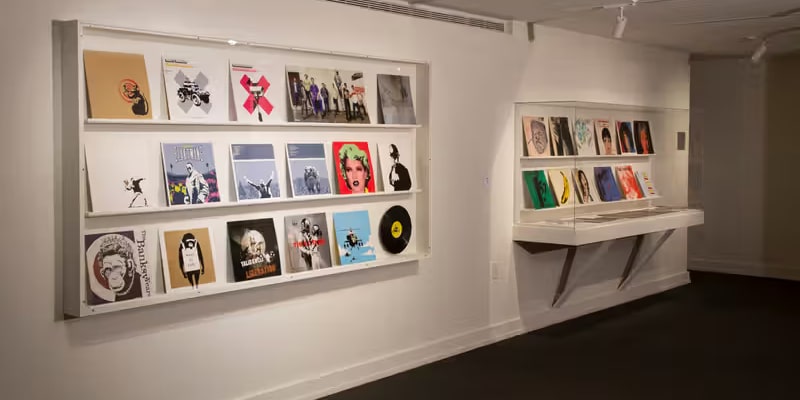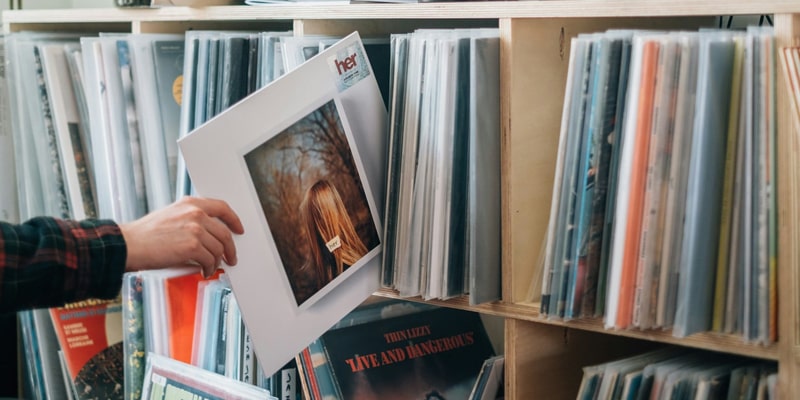Have you ever heard a song and instantly felt transported back to your childhood, sitting in the backseat of your parents’ car on a summer trip? Maybe it’s the shiny synths of the ’80s, the crisp guitars of the ’90s, or a pop hook that screams early 2000s. Whatever it is, nostalgia hits differently. And in music? It sells like crazy.
The early 2000s — an era of low-rise jeans, chunky hair, and unmistakable pop-punk anthems — are experiencing a vibrant comeback in modern pop culture. From fashion runways to music charts, the Y2K aesthetic is enjoying a renaissance, captivating a new generation while sparking nostalgia in those who lived through it. This isn’t just recycled trends; it’s a fusion of past and present, with artists like Addison Rae, Tate McRae, Olivia Rodrigo, and even iconic Lady Gaga leading the movement. In 2025, nostalgic vibes are everywhere, not because we’ve run out of ideas, but because people crave that warm, familiar feeling.
Why Now? The Psychology of Returning
The Y2K revival isn’t just about aesthetics; it’s about escapism. The early 2000s, despite their quirks, represent a time before social media, when pop culture was consumed differently — perhaps more carefree. There were no algorithms dictating what to listen to, no pressure for virality, no endless scrolling. Instead, people watched TRL to catch Britney Spears’ latest video debut, raced to the mall to buy the latest Seventeen magazine, and made their own CDs of hit songs. It was an era of pop-star mystique, tabloid drama, and maximalist self-expression — things Gen Z never fully experienced firsthand but now craves in a world dominated by curated digital personas.
- Comfort of simpler times: For Gen Z, growing up amid a pandemic, climate crisis, economic uncertainty, and polarized social landscape, the past evokes simpler times when phones were just phones, and social media didn’t exist. (GWI, ContentGrip).
- Authenticity factor: In a world where digital experiences are increasingly algorithmically curated, physical objects and retro aesthetics feel more genuine. Even though 37% of Gen Z were born in the 2000s, they gravitate toward ’90s media, signaling a desire for perceived authenticity rather than personal memory.
- Faux nostalgia (Anemoia): Gen Z experiences “anemoia” — nostalgia for times they never lived through directly. This manifests in aesthetic revivals like Frutiger Aero, featuring mid-2000s design elements such as glossy textures and nature-meets-tech themes. Visual cues reminiscent of Windows XP and early digital interfaces gain popularity on platforms like TikTok, offering comfort and escapism in today’s digital world (Le Monde).
- Social media as a catalyst: Platforms like TikTok and Instagram Reels have fueled the Y2K revival. Short-form videos and viral challenges have resurrected early 2000s music and fashion in ways traditional media never could. TikTok amplifies these trends, with viral videos and “fashion hauls” celebrating early 2000s culture.
Stars Leading the Movement: Music and Style
The Y2K revival isn’t just about sound; it’s about style. The early 2000s were a full aesthetic movement. Today’s artists don’t just recycle old trends; they reimagine them, blending the emotional depth of the past with the magic of modern production.
- Lady Gaga: Her new album Mayhem, released on March 7, deliberately nods to her early 2000s persona, blending dance-pop anthems with theatricality. The lead single “Abracadabra” evokes her 2008 hit “Poker Face.” Critics praise Mayhem as a “thrilling revival of Gaga’s pop essence.”
- Addison Rae: From TikTok star to pop diva. Her first Columbia Records single, “Diet Pepsi,” released last year, showcased a mature sound, mixing bubblegum pop with modern beats, reminiscent of early Britney Spears. Her music video “Obsessed” looks straight out of 2003, with glamorous baby tees and ultra-glossy lips (TikTok).
- Tate McRae: Her latest album So Close To What draws comparisons to Britney Spears’ 2003 masterpiece In the Zone. McRae’s ability to blend introspective lyrics with danceable beats resonates with the essence of early 2000s pop. So Close To What debuted at number one on the Billboard 200. Her music videos, like “exes,” reference the Y2K era while keeping a fresh, modern look.
- Olivia Rodrigo: Her rise showcases the enduring appeal of early 2000s pop-punk. Her debut album SOUR captures the angst and rebellion characteristic of Paramore and Avril Lavigne. GUTS serves as her full-fledged pop-punk coming-of-age saga, channeling the bold, ironic energy of Lavigne’s The Best Damn Thing. Rodrigo became the first artist in nearly a decade whose first two albums debuted at number one on the Billboard 200 (FT).
- Other artists using nostalgic techniques: Jack Harlow (“First Class”), Beyoncé (“Break My Soul”), and Doja Cat (“Say So”) employ sampling and remixes. The Weeknd (“Blinding Lights”) and Dua Lipa (“Levitating”) utilize retro production techniques. Artists like Silk Sonic, Machine Gun Kelly, SZA, and Chloe x Halle are reviving entire genres.
Y2K Fashion and Aesthetics
Low-rise jeans, crop tops, and velour tracksuits have returned — not just in nostalgic TikTok videos but also on high fashion runways and city streets. Butterfly clips, chunky sneakers, and mini handbags — once staples of pop princesses — are now must-have accessories for Gen Z. Even artists themselves actively embrace the look (PrintKK).
The Business Impact of Nostalgic Music
Nostalgic music doesn’t just evoke emotions; it has a major commercial impact.
- Streaming boosts older songs: New tracks with retro vibes or classic hits gain significantly more streams.
- Licensing and synchronization: Nostalgia-inspired songs often land big advertising and film deals, increasing artist revenue. Examples include:
- Kate Bush’s “Running Up That Hill,” which reentered charts years later after featuring in Stranger Things.
- Toto’s “Africa,” revived after appearing in Stranger Things.
- Revival of concerts and festivals: Nostalgic music drives high demand for reunion tours and tribute concerts, proving its enduring appeal.
The Future of Y2K Influence
The apparent contradiction of a digital-first Gen Z embracing pre-digital aesthetics is not really a contradiction. It’s a natural reaction to their unique position as the first generation fully growing up in a digital landscape. What feels nostalgic for older generations represents something entirely different for Gen Z: an alternative way to experience the world, one that feels more authentic, tactile, and paradoxically, newer than their digital norm.
The future of nostalgia isn’t just recycling; it’s reimagining. The best artists combine the emotional depth of the past with the magic of modern production. The result is music that sounds fresh yet feels timeless. This revival is vibrant, emotional, and above all, personal. The past returns, but with a new twist — and it’s better than ever.
